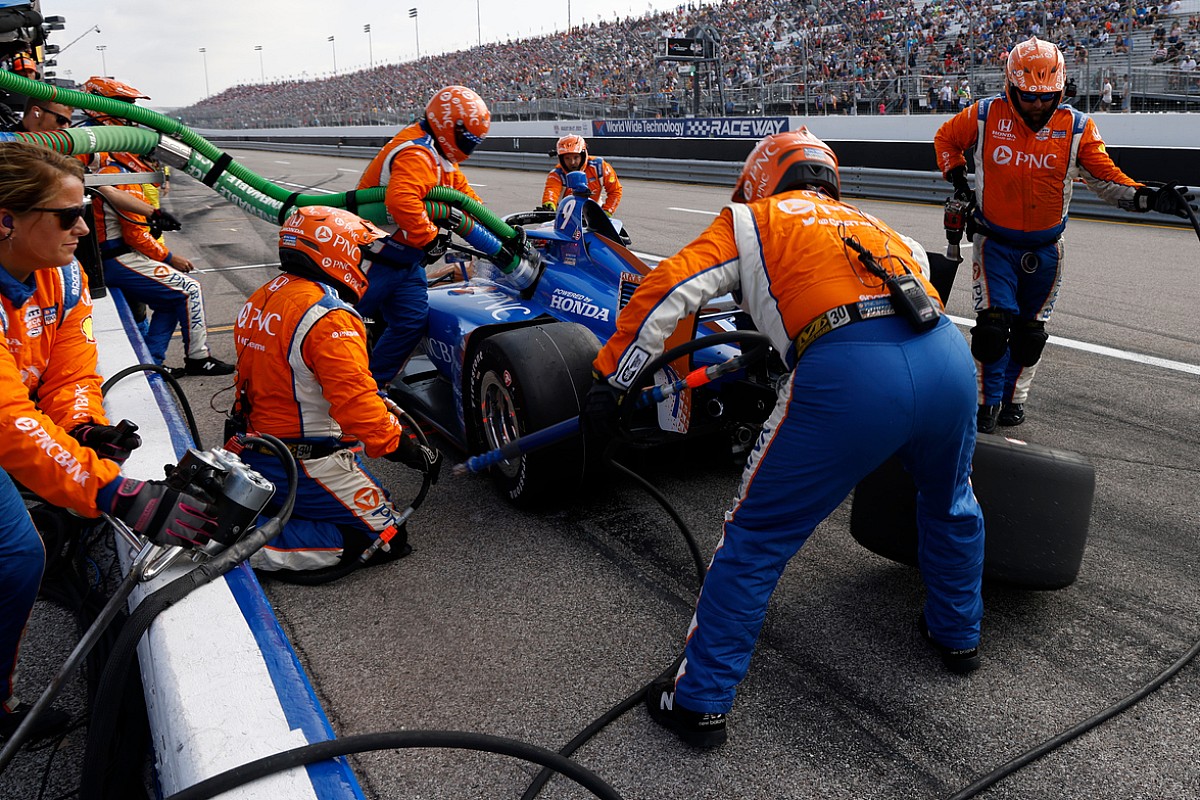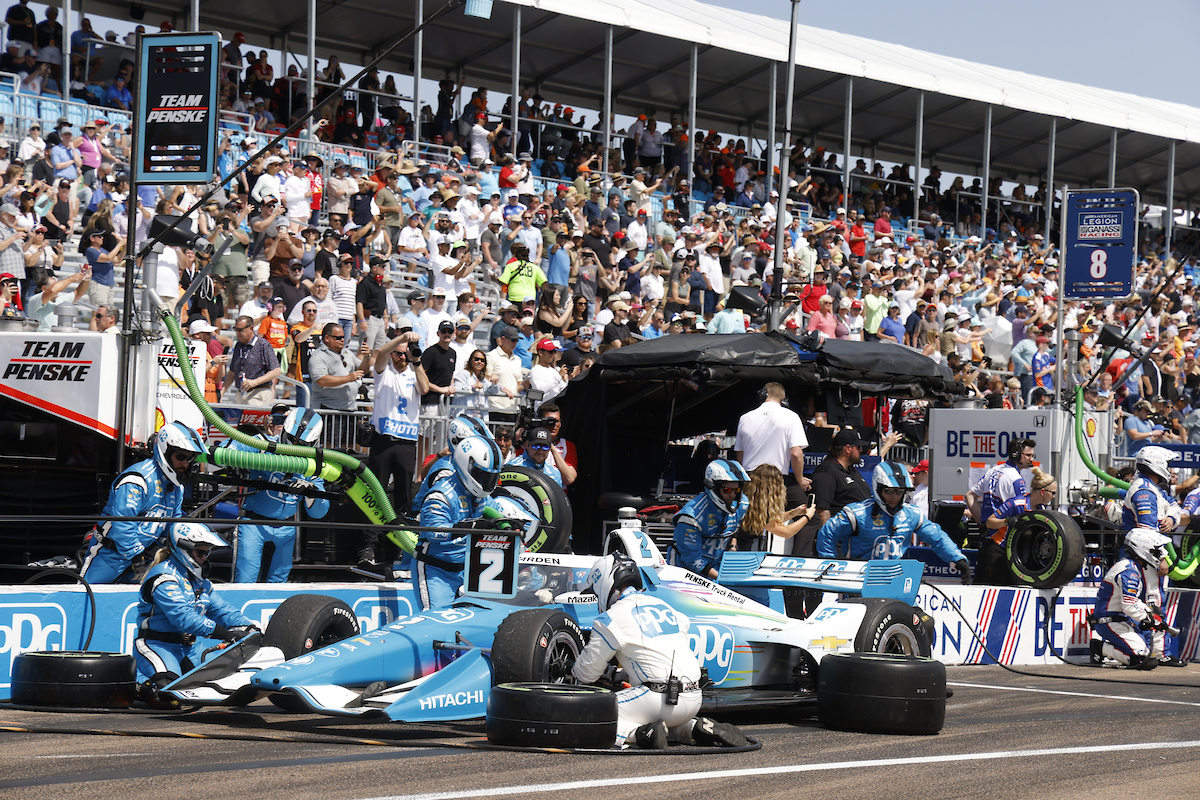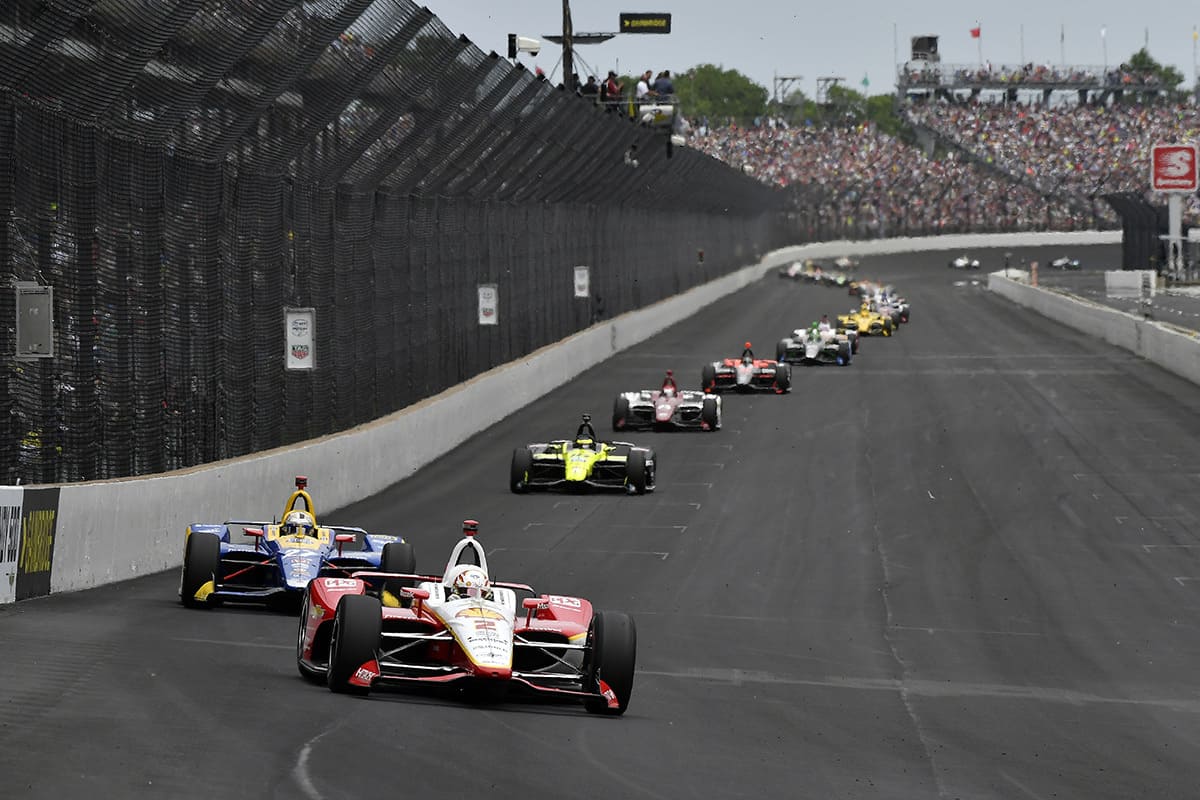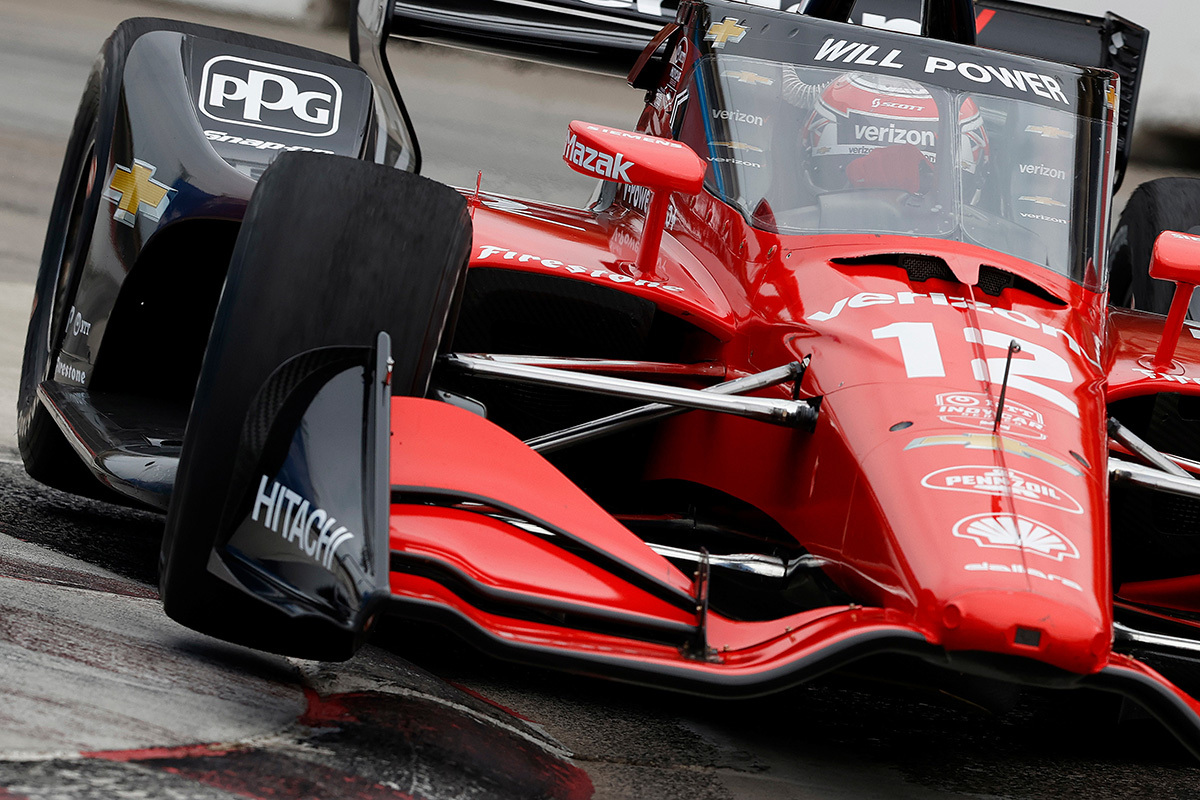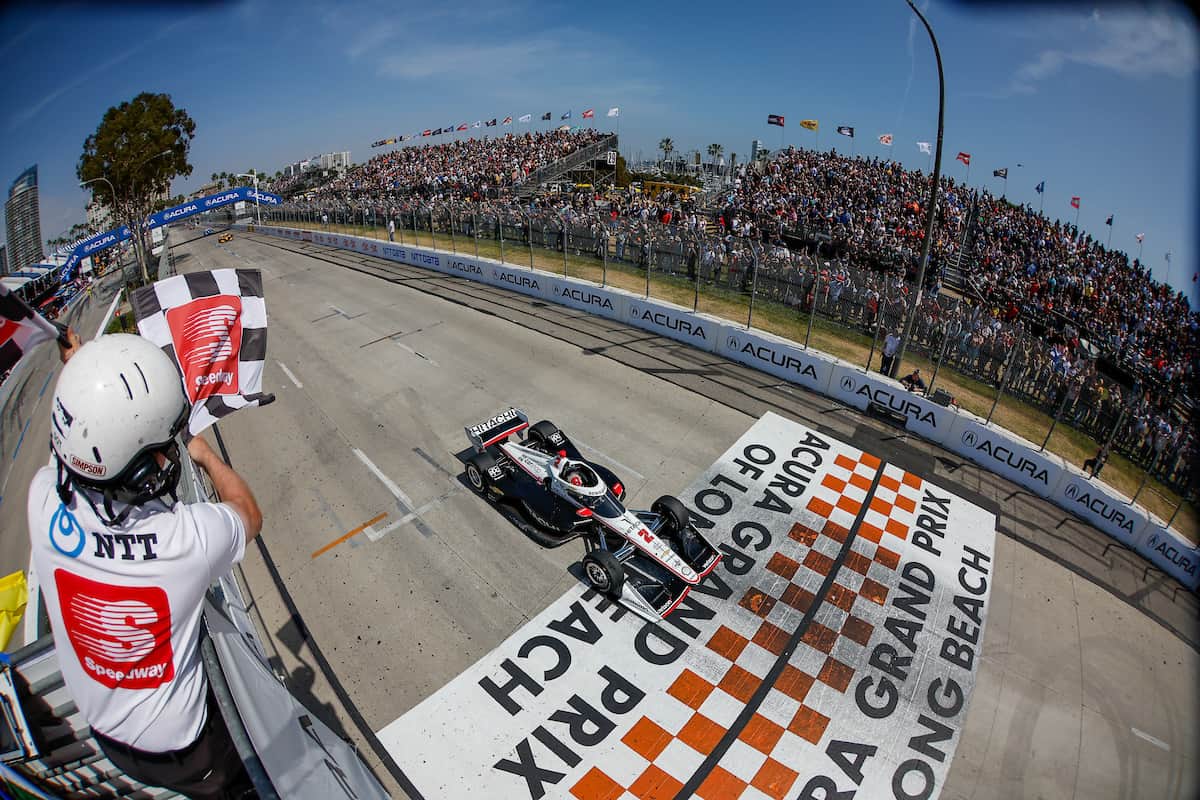IndyCar Racing Safety Measures Explained
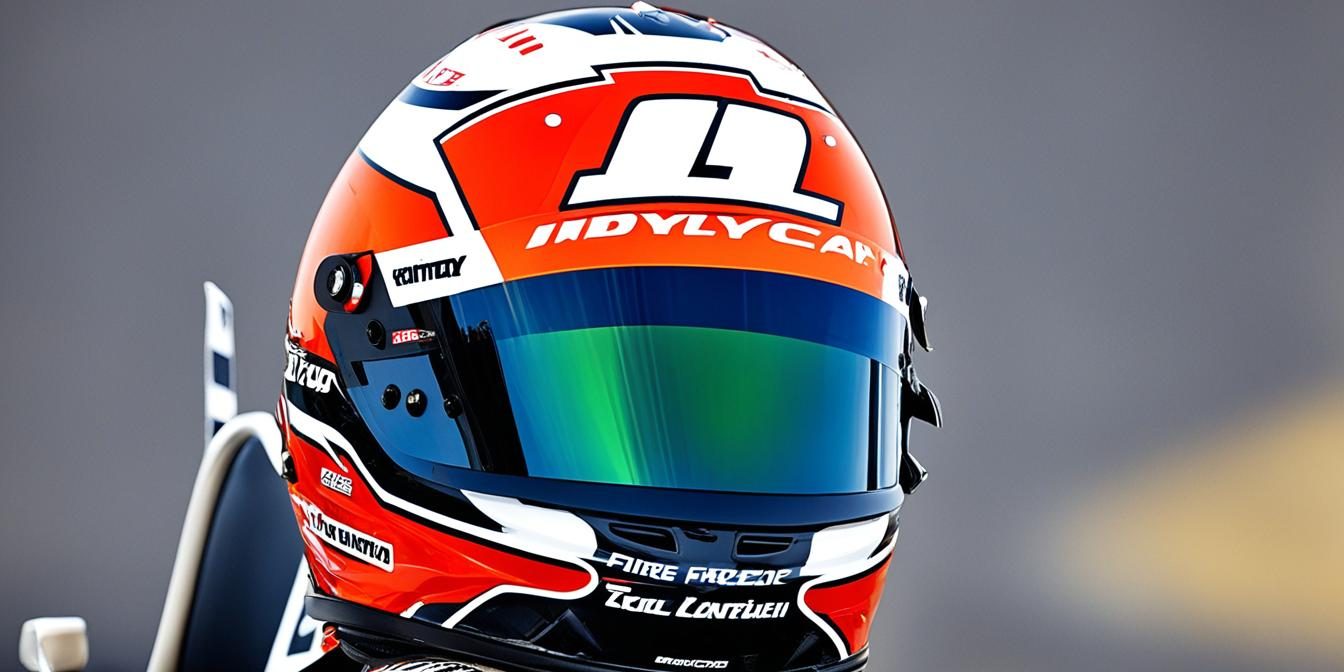
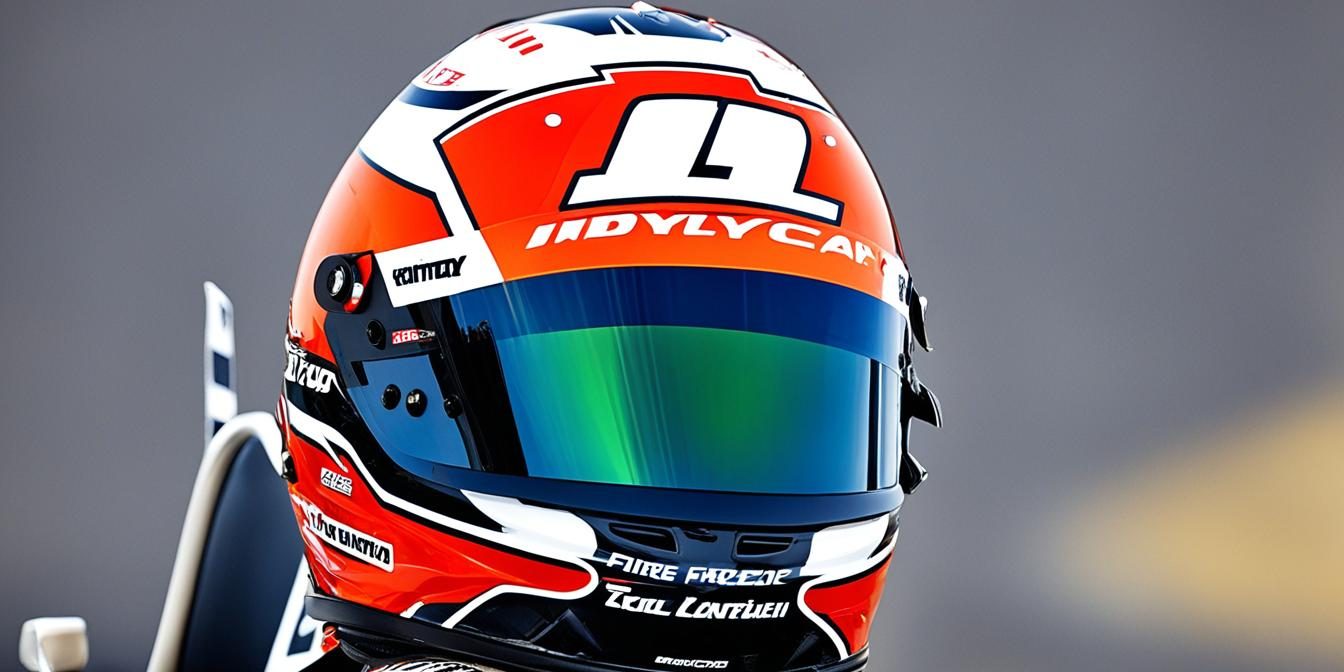
Safety is the top priority in IndyCar racing. Have you ever thought about how drivers are kept safe? Let’s explore the safety standards, regulations, and essential gear for IndyCar drivers.
IndyCar takes safety seriously. Many steps are taken to keep the drivers and the tracks as safe as possible. All cars in the NTT INDYCAR SERIES are thoroughly checked several times during a weekend event. Inspectors look at many parts, making sure they meet strict safety standards. This includes the car’s safety features, its dimensions, and driver gear like safety restraints and helmets. The aim is to enforce safety while also being fair in how races are conducted.
Next, we’ll look at the advanced safety technology used in IndyCar racing.
Table of Contents
Toggle Table of ContentAdvanced Safety Technology in IndyCar Racing
IndyCar racing leads the way in advanced safety technology. This tech is all about keeping drivers safe during crashes. It minimizes the dangers of racing at top speeds.
The Accident Data Recorder (ADR) by EM Motorsport is a key innovation. It records detailed data about a crash’s impact on both cars and drivers. This info is vital for safety improvements and research after accidents.
IndyCar also uses Ear Plug Accelerometers (EPA). These devices fit in drivers’ earplugs and record head movements during a crash. This data helps in understanding crash dynamics and improving safety strategies.
Both the ADR and the EPA are central to safety in the NTT INDYCAR SERIES. They show how much IndyCar values keeping up with the latest safety tech in the racing world.
The Accident Data Recorder (ADR)
The ADR is changing the game in how we collect crash data in motorsport. Developed by EM Motorsport, it records details about crash impacts, deceleration, and acceleration. Such data is key in learning from accidents and raising safety standards.
This device is designed to quickly and dependably capture crash data. It smoothly fits into IndyCars, making it easier to find out the safety effectiveness and adjust as needed.
Using the Accident Data Recorder in IndyCar shows a major commitment to driver safety. It’s all about making sure drivers are as safe as possible and improving safety features.
The Ear Plug Accelerometer (EPA)
The EPA is a unique device that focuses on the safety of driver head movements during crashes. It’s placed in drivers’ earplugs, and it records essential data about head impacts. This is key for designing more protective gear.
Engineers use this data to understand and reduce head injuries from crashes. The knowledge gained helps in creating better safety measures.
The Ear Plug Accelerometer highlights IndyCar’s dedication to using advanced safety technology. It’s all about improving protection and making sure drivers are as safe as they can be.
Driver Safety Measures in Open-Wheel Racing
Open-wheel racing, like IndyCar, cares a lot about driver safety. They’ve made many changes to protect drivers and lower accident risks. IndyCar now uses stronger rear-wheel tethers and more durable steering arms. These can handle bigger impacts, keeping drivers safer. They’ve also made cockpits better, with special headrests and side padding. This helps protect the driver’s head in a crash.
IndyCar has created special rules for racing in the rain to make it safer. They have required rain vanes that keep water off the aeroscreen. This makes it easier for drivers to see. Better visibility means fewer accidents. These steps make open-wheel racing safer for everyone involved.
Code of Conduct for IndyCar Driver Safety
IndyCar also has a rulebook called a Code of Conduct. It sets out how drivers should act to keep racing safe. It tells them not to drive recklessly and to be respectful to other racers. It’s about racing fairly while making sure everyone stays safe. Following this rulebook helps keep the sport safe and fun for everyone.
It’s clear that driver safety is top priority for IndyCar. They keep working on new ways to protect drivers. Changes like better tethers, cockpit designs, and using rain vanes show their commitment. The Code of Conduct also plays a big part in keeping racing safe. This way, everyone can enjoy racing in the NTT INDYCAR SERIES with peace of mind.
IndyCar Track Safety Measures
IndyCar focuses on keeping drivers safe. They have many safety measures in place. These steps help make racing safer for everyone involved. Now, let’s look at some of the important safety measures IndyCar uses:
LED Rain Light with a Stronger Rear Wing
In races with rain, IndyCar uses a bigger LED rain light. It’s on a rear wing that can take more hits. This setup makes things clearer for drivers. It also helps others quickly see and respond to changes in the track’s condition.
Rain Vanes and Improved Aerodynamic Features
IndyCar adds rain vanes and better aerodynamics to its cars. This stops too much water from collecting on the screen when it’s raining. It keeps the drivers’ view clear. This means fewer risks of sliding and safer races.
Aerodynamic Configurations for Different Track Types
IndyCar lets teams tweak their car’s aerodynamics for different tracks. For shortoval tracks, they can add special parts. This is both good for racing and safe. It lets drivers change how they race for better safety and good competition.
IndyCar’s safety work helps keep racers out of harm’s way. Racing stays exciting and safe for all.
| Track Safety Measures | Benefits |
|---|---|
| LED Rain Light with a Stronger Rear Wing | – Enhanced visibility for drivers, competitors, and officials – Improved reaction time to changing track conditions |
| Rain Vanes and Improved Aerodynamic Features | – Minimized water accumulation on aeroscreen – Reduced risk of hydroplaning – Maintained driver visibility |
| Aerodynamic Configurations for Different Track Types | – Optimized performance and safety – Flexibility for teams to adapt to track characteristics |
IndyCar’s safety measures prepare drivers for any racing situation. Their safety comes first, while great racing continues.
Conclusion
IndyCar racing puts a high priority on keeping its drivers safe. This is done through careful car checks, using high-tech safety devices, and following strict safety rules. The checks look at whether the race cars meet safety regulations and have the proper gear for drivers. They are done multiple times to make sure everyone is on the same safety level and that drivers can focus on the race.
Advanced safety gadgets are a big part of keeping drivers safe if they crash. Gadgets like the Accident Data Recorder and Ear Plug Accelerometer give important crash data for safety studies. In the NTT INDYCAR SERIES, these tools have improved crash protection over time, making IndyCar a leader in race safety.
The cars themselves are also designed to protect drivers well. They have stronger parts like rear-wheel tethers and steering arms that can take big hits. Plus, the cars are equipped with headrests and padding to shield drivers from injuries. Adding rain vanes helps protect drivers in wet weather by keeping the aeroscreen clear.
IndyCar doesn’t stop at the cars; it also makes the tracks safer for racing. By making LED rain lights bigger, improving how the cars move through the air, and allowing special design changes for different tracks, IndyCar improves race safety. This focus on every aspect of safety, from cars to tracks, means IndyCar drivers can race knowing they are well-protected.




